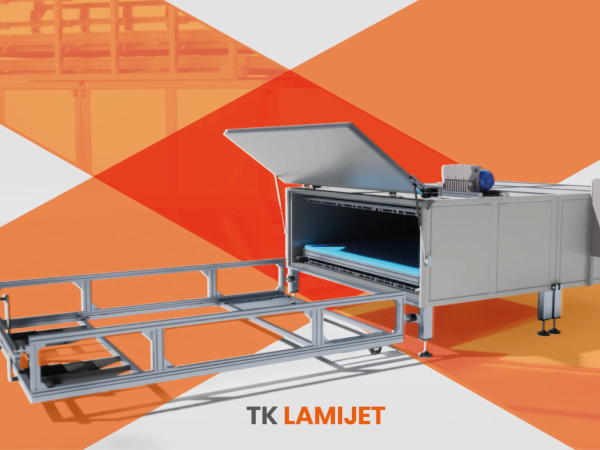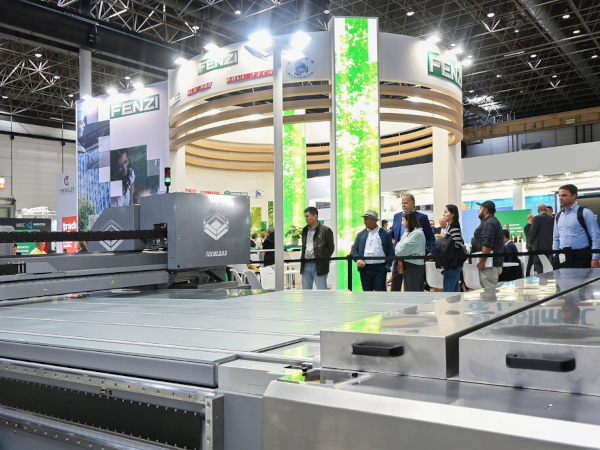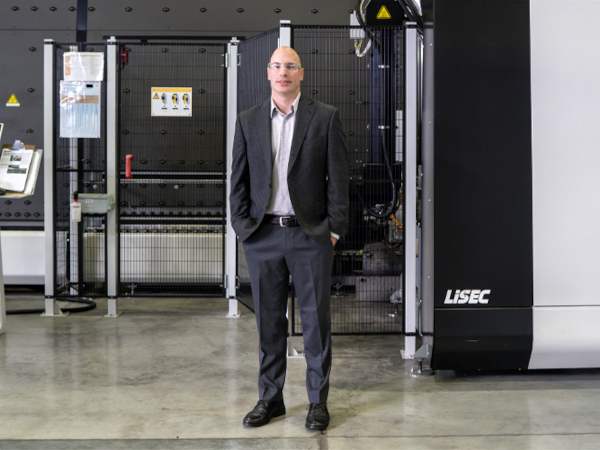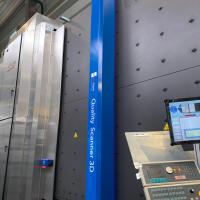Date: 4 August 2015
In a 2013 issue of Nature, Milliron’s research group demonstrated how, using a small jolt of electricity, a nanocrystal material could be switched back and forth, enabling independent control of light and energy.
.jpg)
The illustration demonstrates the dark, bright and cool modes made possible by the researchers' new electrochromic material. Illustration courtesy of Nano Letters
The team now has engineered two new advancements in electrochromic materials — a highly selective cool mode and a warm mode — not thought possible several years ago.
The cool mode material is a major step toward a commercialized product because it enables control of 90 percent of NIR and 80 percent of the visible light from the sun and takes only minutes to switch between modes. The previously reported material could require hours.
To achieve this high performance, Milliron and a team, including Cockrell School postdoctoral researcher Jongwook Kim and collaborator Brett Helms of the Lawrence Berkeley National Lab, developed a new nanostructured architecture for electrochromic materials that allows for a cool mode to block near-infrared light while allowing the visible light to shine through. This could help reduce energy costs for cooling buildings and homes during the summer. The researchers reported the new architecture in Nano Letters on July 20.
“We believe our new architected nanocomposite could be seen as a model material, establishing the ideal design for a dual-band electrochromic material,” Milliron said. “This material could be ideal for application as a smart electrochromic window for buildings.”
In the paper, the team demonstrates how the new material can strongly and selectively modulate visible light and NIR by applying a small voltage.
To optimize the performance of electrochromics for practical use, the team organized the two components of the composite material to create a porous interpenetrating network. The framework architecture provides channels for transport of electronic and ionic change. This organization enables substantially faster switching between modes.
The researchers are now working to produce a similarly structured nanocomposite material by simple methods, suitable for low-cost manufacturing.
In a second research paper, Milliron and her team, including Cockrell School graduate student Clayton Dahlman, have reported a proof-of-concept demonstrating how they can achieve optical control properties in windows from a well-crafted, single-component film. The concept includes a simple coating that creates a new warm mode, in which visible light can be blocked, while near-infrared light can enter. This new setting could be most useful on a sunny winter day, when an occupant would want infrared radiation to pass into a building for warmth, but the glare from sunlight to be reduced.
In this paper, published in the Journal of the American Chemical Society, Milliron proved that a coating containing a single component — doped titania nanocrystals — could demonstrate dynamic control over the transmittance of solar radiation. Because of two distinct charging mechanisms found at different applied voltages, this material can selectively block visible or infrared radiation.
“These two advancements show that sophisticated dynamic control of sunlight is possible,” Milliron said. “We believe our deliberately crafted nanocrystal-based materials could meet the performance and cost targets needed to progress toward commercialization of smart windows.”
Both studies received funding from the U.S. Department of Energy and the Welch Foundation, as well as the NSF Graduate Fellowship Program.
The University of Texas at Austin is committed to transparency and disclosure of all potential conflicts of interest. The lead UT investigator involved with this project, Delia Milliron, is the chief scientific officer and owns an equity position in Heliotrope Technologies, an early-stage company developing new materials and manufacturing processes for electrochromic devices with an emphasis on energy-saving smart windows. Milliron is associated with patents at Lawrence Berkeley National Laboratory licensed to Heliotrope Technologies. Collaborator Brett Helms serves on the scientific advisory board of Heliotrope and owns equity in the company.
For more information, contact: Sandra Zaragoza, Cockrell School of Engineering, 512-471-2129.









Add new comment